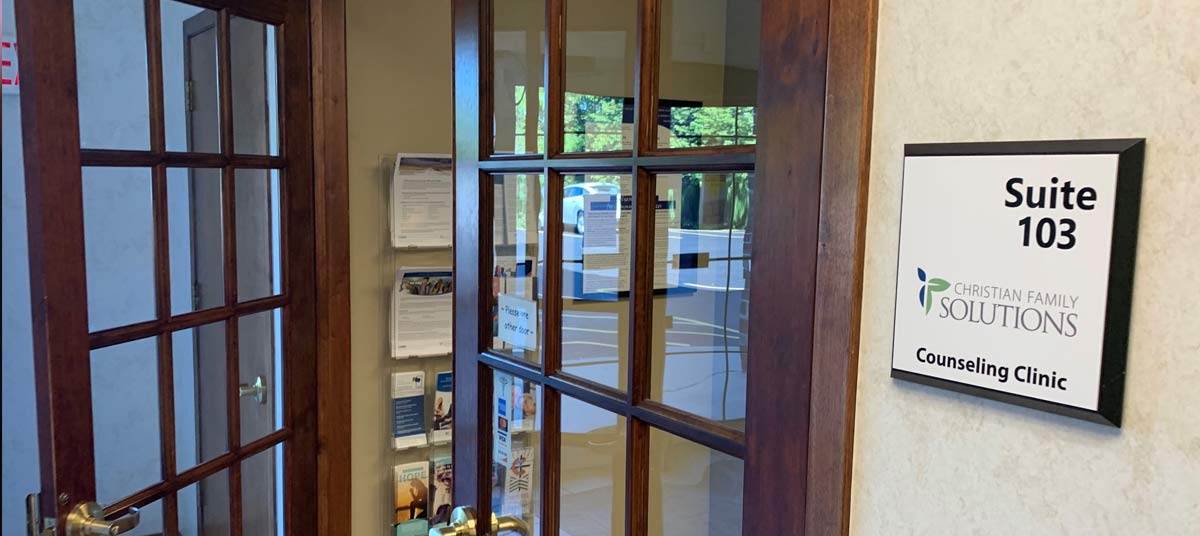As we discussed in last month’s blog, it’s easy to let the “winter blues” get the best of you and make you feel cranky, cooped up, bored, and less patient with family members. While there are lots of activities and things to do to help overcome winter boredom, you don’t want to ignore what could be a more serious issue.
What is Seasonal Affective Disorder (SAD)?
Seasonal Affective Disorder is a type of depression that occurs at the same time every year, typically beginning in the late fall and early winter. Occasionally, it can begin in the late spring or early summer (summer depression), but this is much rarer.
What are the symptoms of Seasonal Affective Disorder?
SAD looks very similar to depression and can include symptoms such as:
• Feeling tired and lacking energy
• Irritability
• Bouts of crying
• Body aches
• Appetite changes (especially craving carbohydrates) and weight gain
• Poor sleep or oversleeping
• Feeling hopeless
• Social withdrawal
• Trouble concentrating
• Loss of sex drive
• Anxiety
What causes Seasonal Affective Disorder?
While the exact causes are unknown, it is believed that genetics, age, and, perhaps most importantly, your body’s natural chemical makeup all play a role in developing the condition. The decreased sunlight during the winter months may cause a drop in serotonin (a brain chemical that affects mood), which may trigger depression. The decreased sunlight may also disrupt your body’s internal clock, which lets you know when you should sleep or be awake. This disruption of your circadian rhythm may lead to feelings of depression. Lastly, the change in season can disrupt the balance of the natural hormone melatonin, which plays a role in sleep patterns and mood (mayoclinic.org).
How do you treat Seasonal Affective Disorder?
First of all, it’s important that you don’t try to self-diagnose. Make an appointment with your doctor or mental health professional to talk about your concerns.
A professional may suggest light therapy in which you sit a few feet away from a bright light that mimics natural sunlight. This appears to alter brain chemicals that are linked to mood. Light therapy (also called phototherapy) is found to be very effective and can begin improving mood within two to four days.
Antidepressants have also been shown to be effective in treating SAD. However, unlike light therapy, you may not notice the full benefits from antidepressants for several weeks. Additionally, some individuals have to try various medications in order to determine which one works best for them.
Finally, psychotherapy or counseling can help individuals with SAD. During counseling, a therapist can help you identify and utilize various coping skills and techniques to deal with depression and anxiety. You’ll also learn to identify negative thoughts and behaviors that perpetuate depression.
Again, if you think you may be experiencing Seasonal Affective Disorder, make an appointment with your doctor or a mental health professional.
Please call 800-438-1772 to find the nearest Christian Family Counseling office or click here to view our office locations. We also offer counseling via secure video in several states through our telehealth program or anywhere in the world through our Member Assistance Program. If you’d like to request an appointment, please click here.



